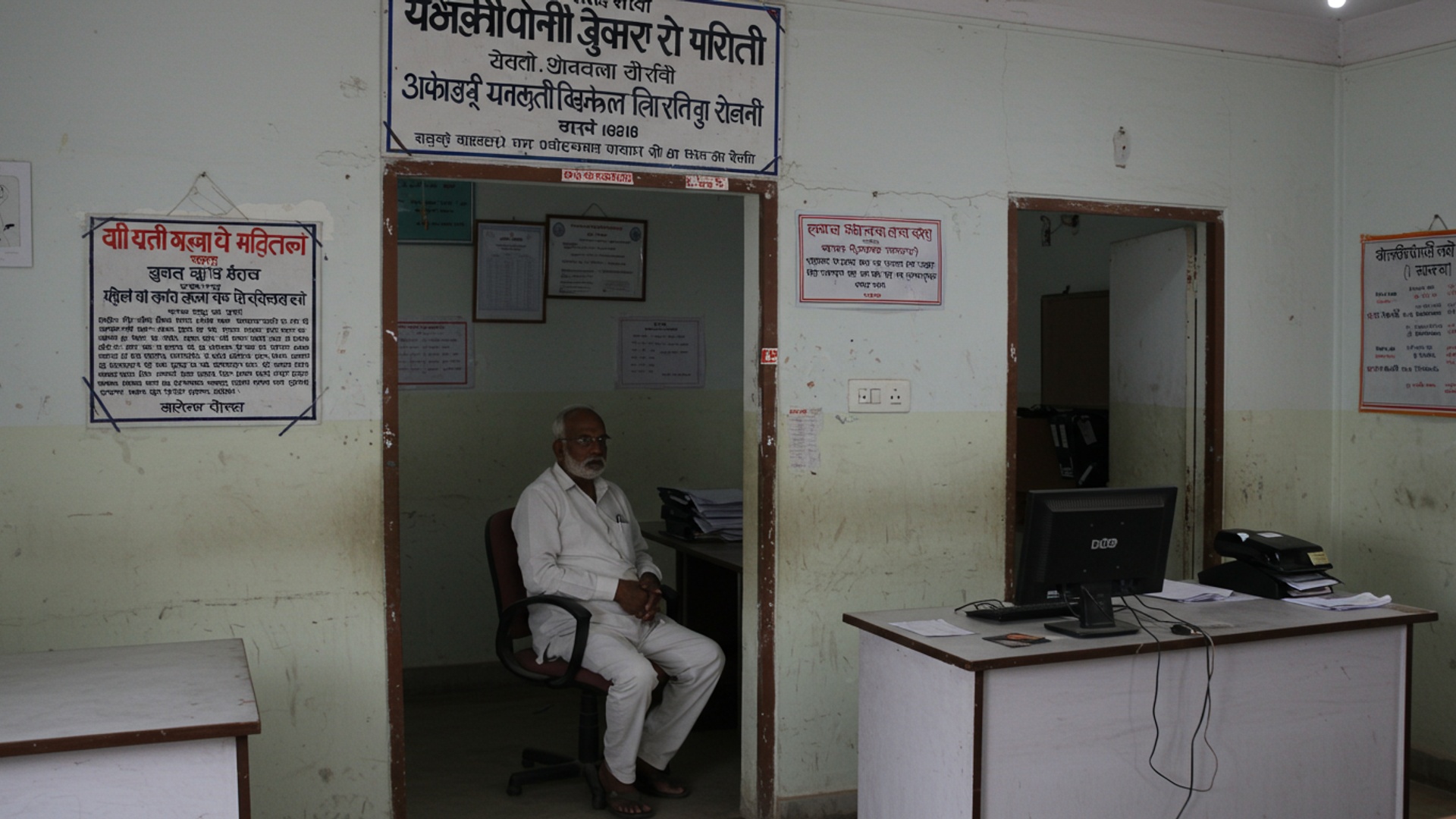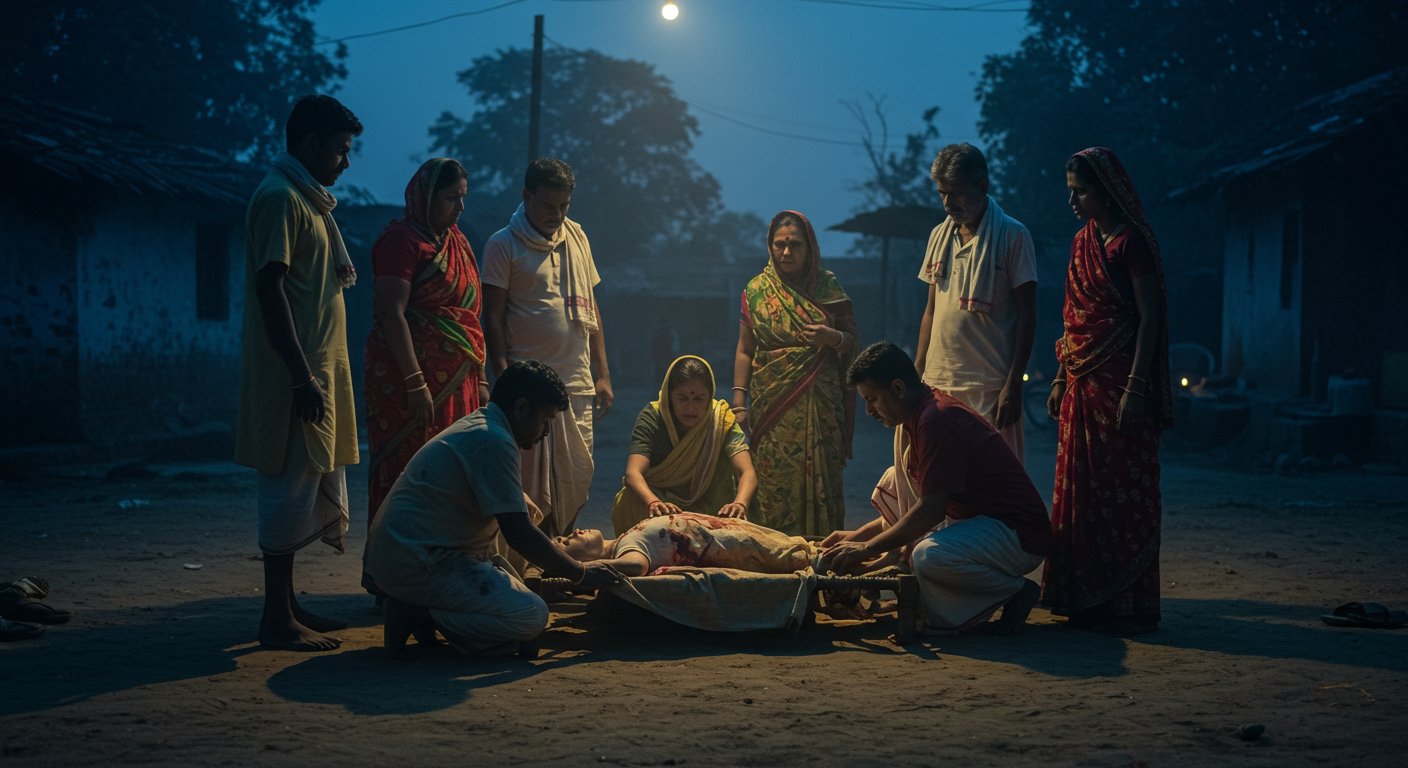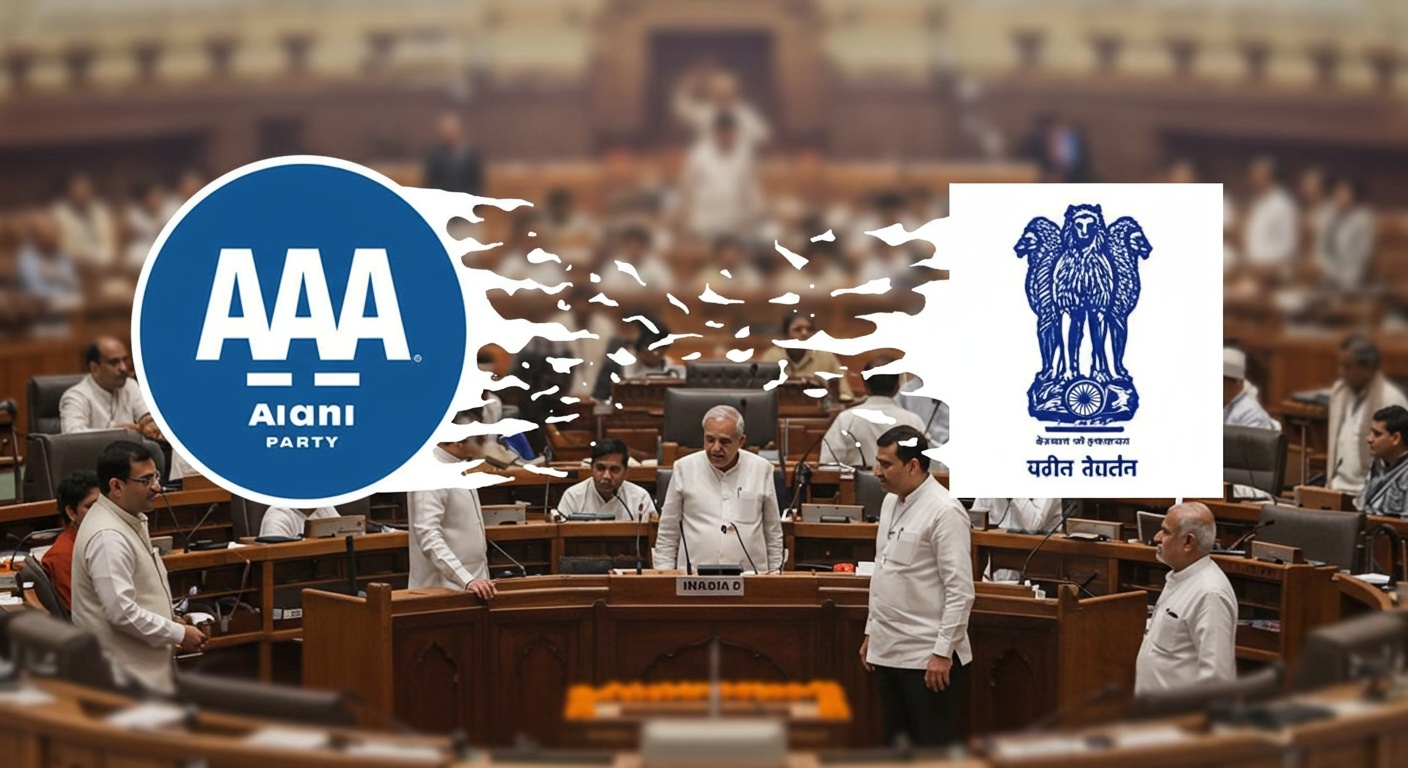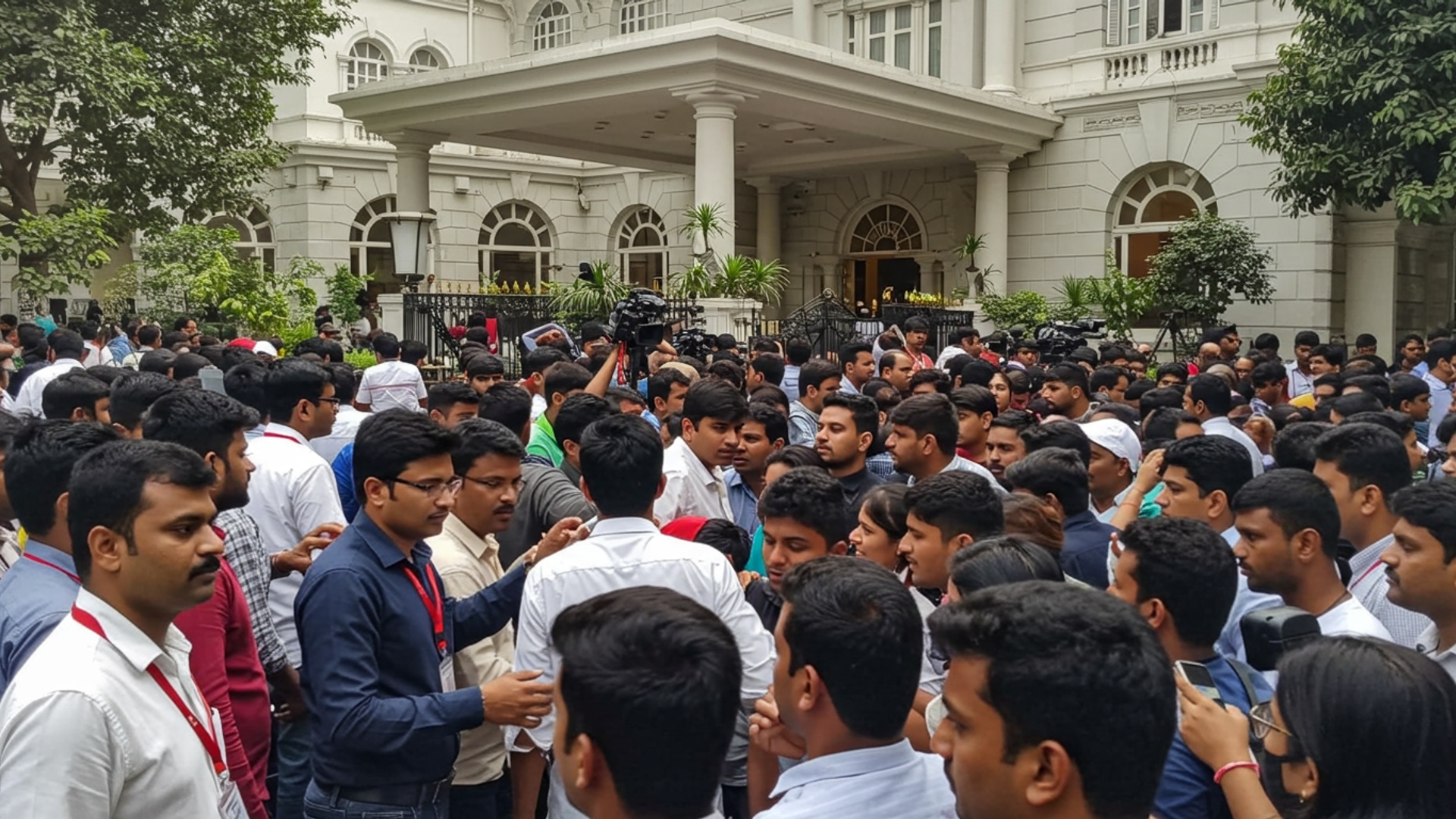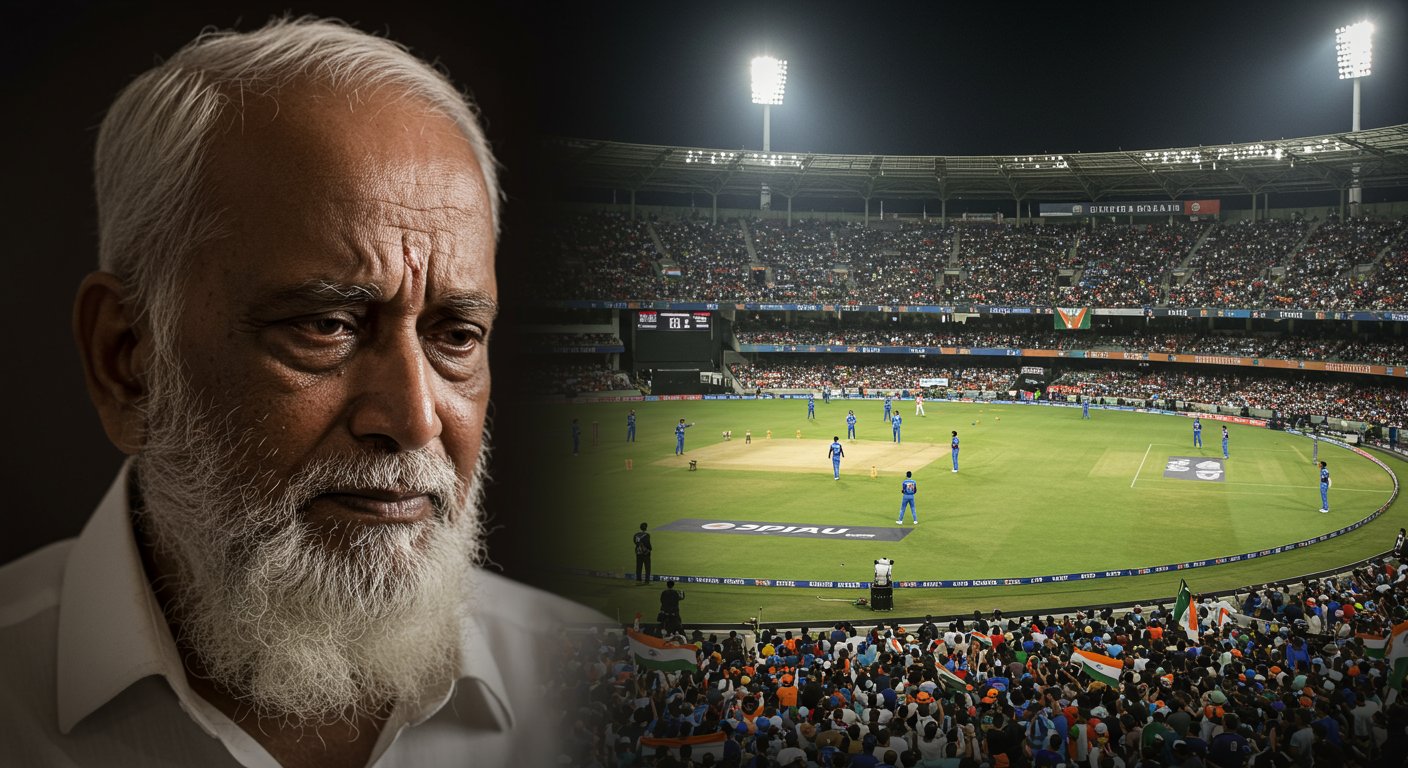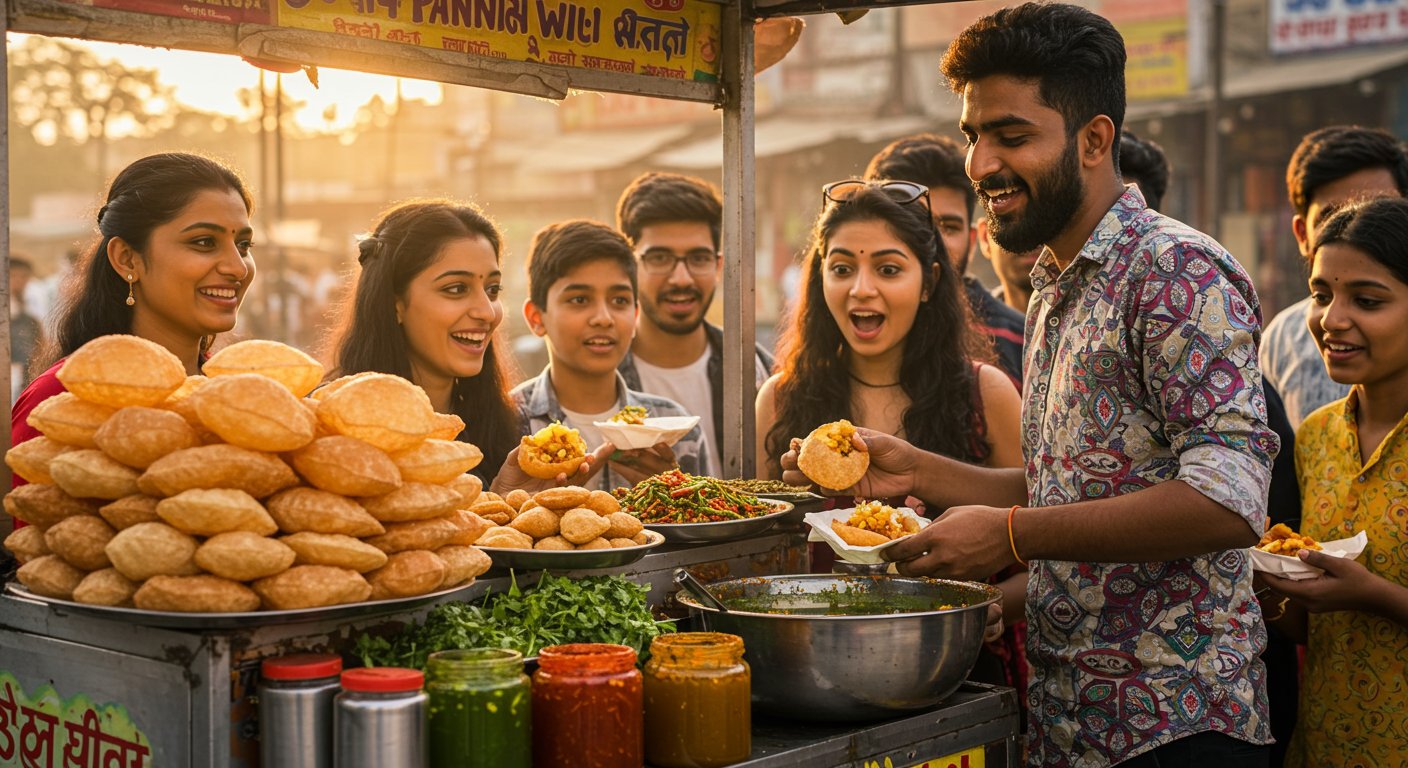Hundreds of villages across Gujarat remain critically cut off from the modern world, as basic computer access is still missing, leaving thousands of residents behind. This ongoing digital divide means students cannot gain essential skills for today’s jobs, farmers struggle to access vital market details. small businesses cannot connect with wider networks. As the world moves faster online, these communities face significant barriers to education, work. everyday life, highlighting an urgent need for immediate action to bridge this widening gap.
Ongoing Challenges in Village Computer Access
Fresh details shows that hundreds of villages in Gujarat still do not have basic computer access. Across Gujarat, 467 village council offices, known as gram panchayats, currently do not have a single computer. This insights came to light after a question was raised in the Lok Sabha, India’s lower house of parliament. Beyond computers, 111 of these village council offices also lack basic broadband internet connection. This situation brings into question the state’s efforts towards a “Digital India”. The problem extends to schools as well. Over 13,000 government primary schools across Gujarat do not have computer labs. This lack of computer facilities in schools means many students miss out on learning basic computer skills. For example, in the tribal-dominated district of Dahod, 1,024 schools lack computer labs. Mehsana has 991 schools without labs, Chhotaudepur has 928, Patan has 786, Kutch has 739. Mahisagar has 642. Data from a survey done by UNICEF found that 40 percent of students in Gujarat do not have access to the internet or smartphones. This highlights a significant difference in access between students in towns and those in villages. Across India, rural areas have much lower internet reach, with broadband access being only 29 percent compared to the national average of 51 percent. Overall internet use in rural India is around 38 percent, which is much lower than the over 104 percent seen in urban areas.
The Union Ministry of Panchayati Raj shared numbers on digital readiness. In Gujarat, out of 14,648 Gram Panchayat buildings, 14,181 have computers. 467 still operate without a single computer.
Why Computer Access Matters
The lack of computer access and internet in villages has many serious effects on people’s daily lives and their chances for a better future. Without computers and internet, basic government services that are now moving online become hard to get. This affects digital governance and the delivery of online services. People in remote villages cannot apply for government programs or access essential data without travelling to a nearby town that has an internet cafe. For students, the impact is very clear. During the recent pandemic, many students from low-income families in rural areas did not have any device or internet to learn from home. This severely affected their education and made the digital divide even wider. Lack of computer access also limits opportunities for online education and getting modern healthcare services through telemedicine. The digital divide also has an effect on the economy. It can slow down economic growth and make it harder for different groups in society to come together. For women in rural areas, especially, the lack of digital literacy and access to devices means they face more challenges in using services and have fewer chances to improve their lives. Girls, in particular, find it harder to get computer skills, which limits their education and job options after school.
Government Efforts to Bridge the Gap
The government has started several programs to deal with the digital divide and improve computer access in rural areas. One essential program is the Pradhan Mantri Gramin Digital Saksharta Abhiyan (PMGDISHA), which began in 2017. This program aims to teach basic computer skills to people in rural India. The goal was to reach 6 crore (60 million) rural households across the country. Under this program, more than 6. 62 crore people have signed up, 5. 68 crore have been trained. 4. 22 crore have received certificates across India. In Gujarat, 78,000 people have received certificates under this program. Another effort, the e-Gram Vishwagram Project, was started earlier in 2009. This project aimed to provide broadband internet connections to all gram panchayats in the state. Companies like Google, Microsoft, Intel. Cisco have also been involved in supporting this project, helping with computer literacy for children and village businesses. More recently, the Gujarat government launched the Digital Seva Setu initiative in October 2020. This program uses a strong optical fiber network, part of the BharatNet Phase-2 project, to offer government services online directly in villages. Through this, 321 different types of certificates and services are available. over 61 lakh (6. 1 million) people have used them in the last two years. The Gujarat Fibre Grid Network Limited (GFGNL), under the state’s Science and Technology Department, also launched four new initiatives in January 2025. These include the Har Ghar Connectivity (Fibre-to-Family) program, which aims to bring high-speed internet to rural homes at affordable prices. A pilot project plans to set up 25,000 such connections. Other initiatives focus on connecting rural government offices and improving connectivity for towers in far-off areas. Gujarat is also the first state chosen for BharatNet Phase-3 under a state-led model. For schools, instead of traditional computer labs, the state government is now focusing on setting up “smart classrooms” under its ‘Gyankunj Project’. The idea is to use new technology to teach students.
Uneven Progress Across the State
Despite these efforts, the progress in bridging the digital divide is not equal across all parts of Gujarat. As highlighted by the numbers on computer labs in schools, some districts, particularly tribal-dominated areas, face more significant challenges. The difference in internet and computer access between urban and rural areas remains wide. Rural broadband penetration is still much lower than the national average and urban areas. This uneven access particularly affects certain groups. Rural women, for instance, often have less access to mobile phones and digital tools compared to men. This can limit their ability to use online services, learn new skills, or even participate in online business activities. Stories from villages show that without reliable internet and local computer access, people, especially girls, have to travel long distances for basic online tasks like filling out forms for college, which can lead to missed opportunities. While some villages, like Akodara in Sabarkantha district, have successfully become ‘digital villages’ with widespread e-banking and broadband, they represent a smaller number in the larger picture of digital access in Gujarat.
Moving Forward for Digital Equality
The ongoing efforts by the state government and other groups are vital steps towards giving all citizens in Gujarat equal access to digital tools. Programs like PMGDISHA and Digital Seva Setu are working to provide basic computer skills and online services at the village level. But, the existing gaps, particularly the lack of computers in many village council offices and primary schools, show that more needs to be done. The shift towards “smart classrooms” is one approach. ensuring basic computer access and digital literacy for everyone, especially in the most remote areas, remains a key task. Continued focus on improving internet infrastructure and providing affordable devices will be vital for making sure no village is left behind in the digital age. ![]()
